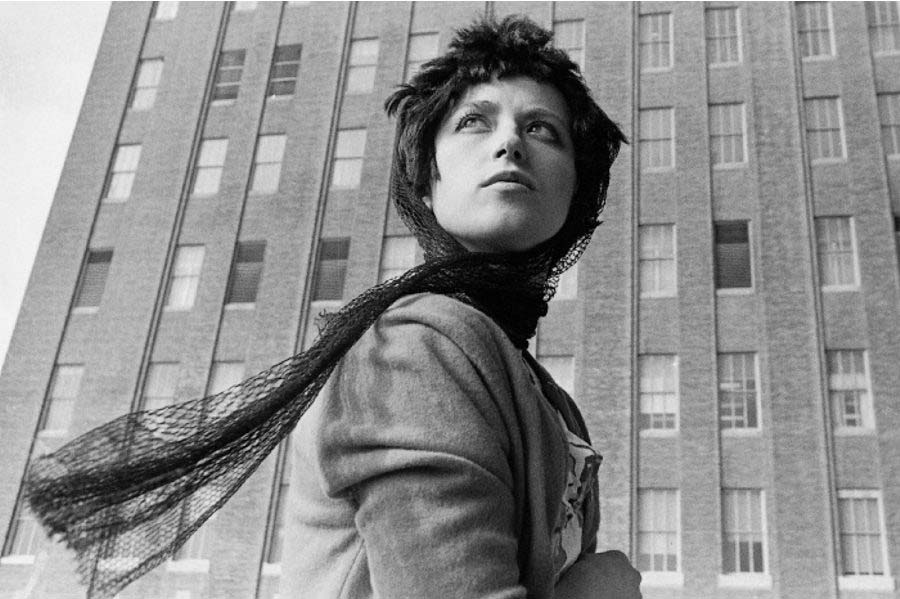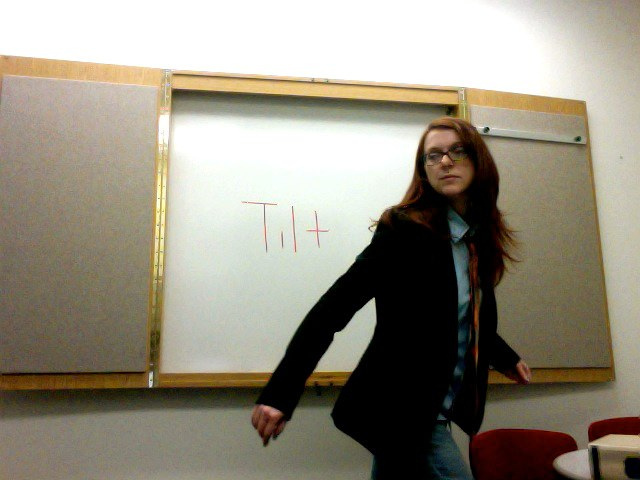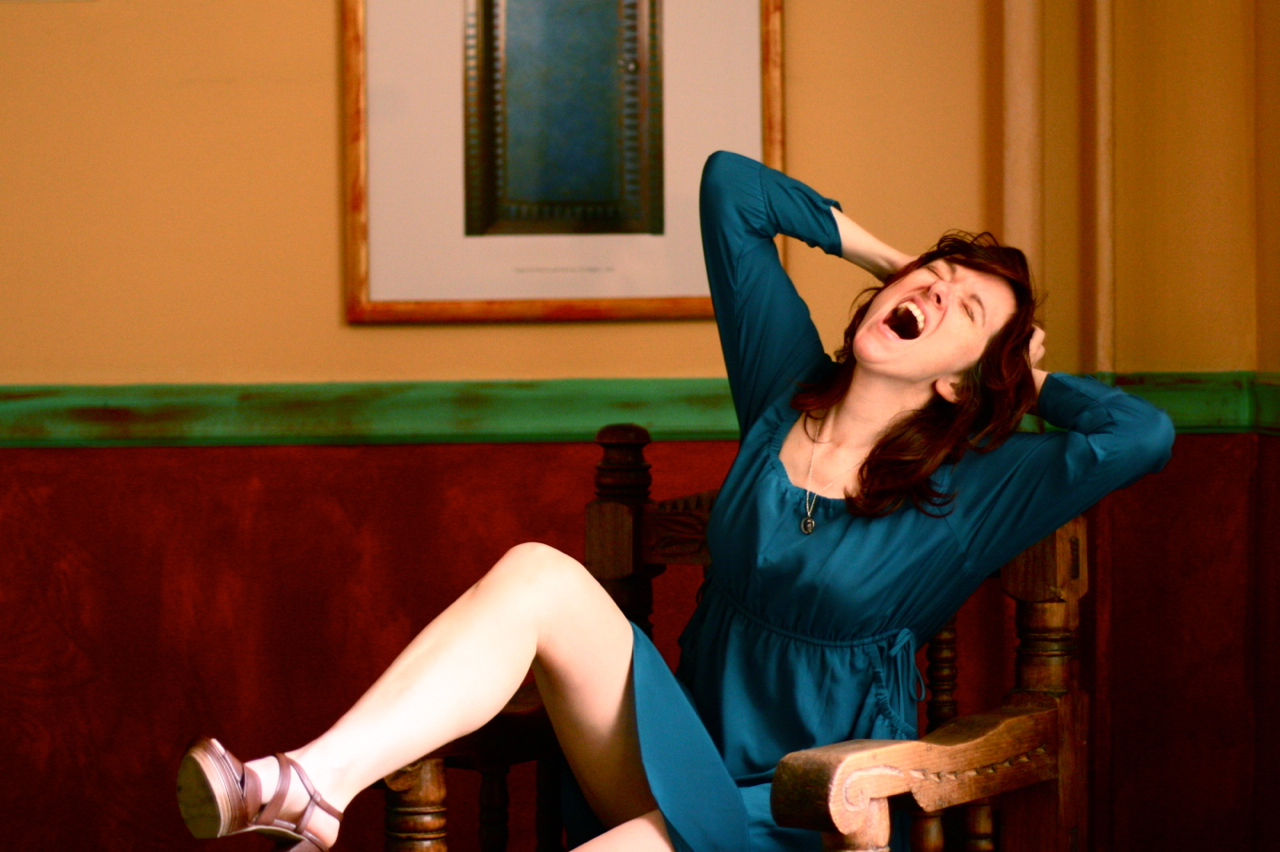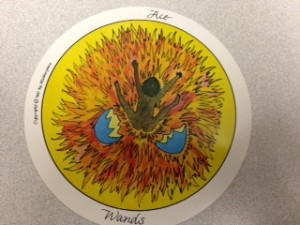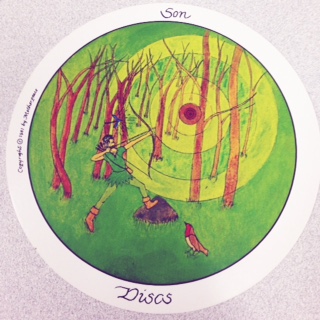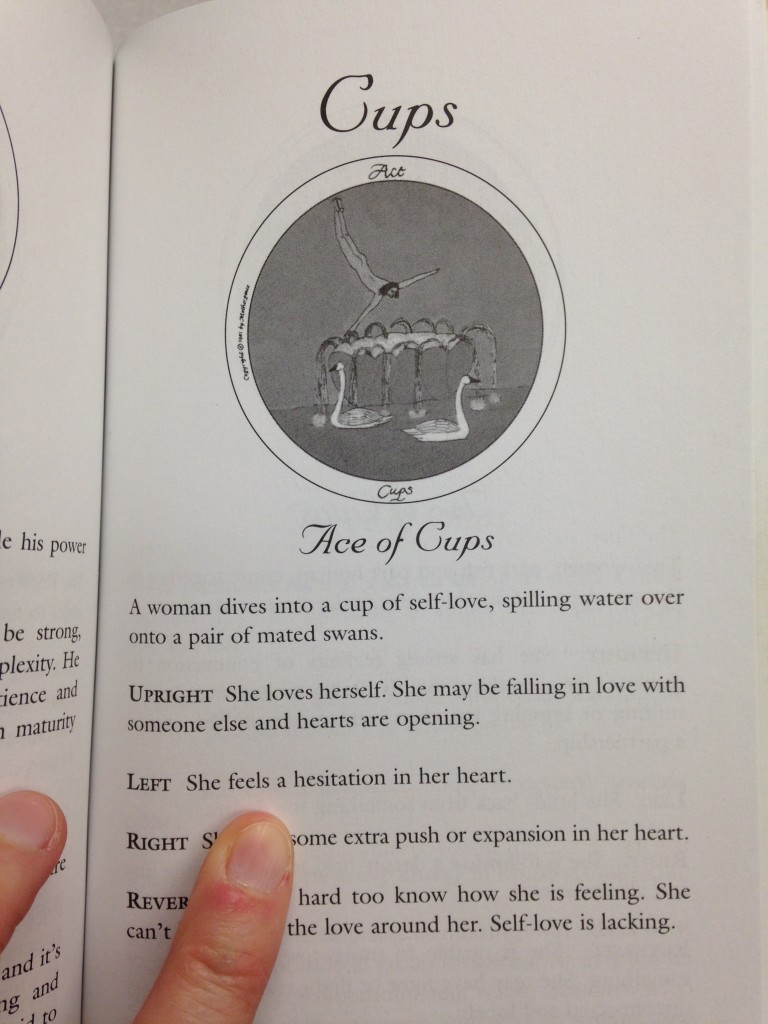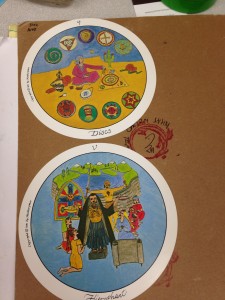I’ve been a tiny part of the excellent publication The Future Fire for a few years now. I’m pleased to say they’re celebrating the zine’s tenth anniversary with TFFX, an exciting anthology that combines a “best of” with new material and artwork. From its inception in 2005, The Future Fire has focused on promoting feminist science fiction, queer SF, eco-SF, postcolonial SF, cyberpunk and horror with diverse and inclusive themes.
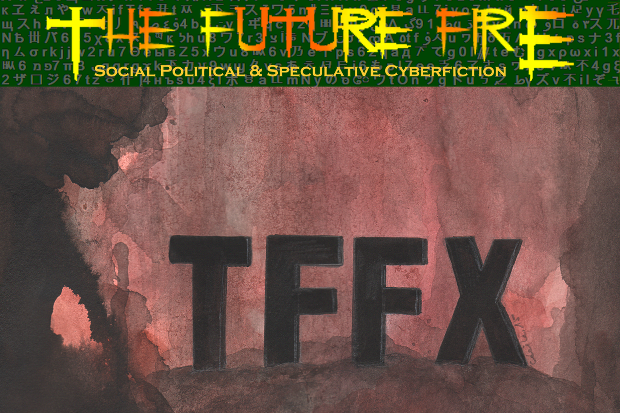
With just seven days remaining on the TFFX Indiegogo campaign, there’s still time to pitch in and receive some great perks, like an e-book pack that includes TFFX as well as We See a Different Frontier and Outlaw Bodies, signed art or even a zombie (“You as a Knitted Zombie!”).
Here’s a conversation between me and Kathryn Allan, associate editor and indie scholar who recently helped bring to life the outstanding anthology of disability-themed intersectional SF short stories, Accessing the Future.
Tracie: Tell us about your first experience as with The Future Fire. Was it as a reader?
Kathryn: I guess my very first experience with The Future Fire was a Twitter chat with Djibril about feminist SF and cyberpunk. That positive introduction led me to checking out the zine, and I thought it was pretty cool. A few months later, Djibril asked me if I could read a story submission that he needed a second opinion on. It didn’t take long after that when I joined TFF as a Reader and Associate Editor.
T: You wrote the afterword for TFF anthology Outlaw Bodies (in which one of my own stories appears), and in the afterword you describe the human body as a site of transgression and varied embodiment, mediated by “language and law.” How does the speculative fiction of The Future Fire highlight embodiment and normalization in terms of social issues?
K: I’m stealing this from TFF’s website because I think it partly answers the question: “TFF is open to submissions of beautiful and useful short stories of Social-political and Progressive Speculative Fiction; Feminist SF; Queer SF; Eco SF; Multicultural SF; Cyberpunk.” Aside from the awesome sub-genres listed, I love that the stories that TFF seeks are described as not only beautiful but useful. When thinking of embodiment–the experience of being (in) a body–it is easy to assume that one’s own experience of it is universal. But TFF stories demonstrate that the only real universal experience is diversity, adaptability, fluidity. It’s our social circumstances, what I had referred to as “language and law,” that shape how we understand ourselves in relation to others. People can identify as being at the centre, which is often a place where the assumption of universality is the strongest; or people can identify as being on the margins, which is where many of the stories in TFF arise from. These types of stories are the ones that challenge assumptions of what is normal and for whom, and it is in this way that they are useful: they teach; they offer places of belonging; and they extend the margins into the center and so help create new understandings of embodiment and what/who is “normal.”
T: You new co-edited TFF project, Accessing the Future, is exciting! Can you describe it a bit and tell us how has the reception of it been so far?
K: Accessing the Future is a disability-themed, intersectional SF short story anthology that I co-edited with Djibril. We ran a super successful crowdfunding campaign for it last fall, and the book made its debut this July. Honestly, I couldn’t be any prouder of this collection–it has 15 stories and 9 illustrations (that tells stories of their own) that place disabled protagonists at the centre. The response we’ve had so far has been wonderful: Publishers Weekly gave us a starred review, and Goodreads readers are loving it. I think that we’re going to be seeing a lot more attention in the next few months as word continues to spread about how creative, diverse, and just enjoyable Accessing the Future is!
T: Of these projects, what’s one story that’s stayed with you?
K: I honestly can’t pick just a single story because my mind returns to different ones depending on how I am feeling. Sometimes when I think of Accessing the Future, I think of it as one complex narrative that is being told by many voices. I often find myself picking up my copy and turning through the pages, reading a paragraph here, a page there…each time I do this I make new connections between the stories and so my appreciation and understanding of the anthology as whole continues to shift.
T: What’s next on your creative radar?
K: More things than I can possibly do! My biggest project, however, is writing a book that thinks through the relationship between disability studies (i.e., the academic study of disability) and science fiction. I’m interested in making a theoretical intervention by bringing these two fields of study together, so it feels pretty daunting at the moment. But I’ve been steadily researching for the past several years and I think I’m now ready to sit down and start writing in earnest. I just need to make sure that I don’t get distracted by one of the many other creative projects (I want to write and edit all the things!) that swirl around in my mind when I should be sleeping.
Kathryn Allan is also editor of the interdisciplinary collection, Disability in Science Fiction: Representations of Technology as Cure (2013, Palgrave MacMillan) and the inaugural Le Guin Feminist Science Fiction fellow (2014). Her writing appears in both academic and creative publications, such as The WisCon Chronicles Vol. 7 (2013), Outlaw Bodies (2012), and Techno-Orientalism: Imagining Asia in Speculative Fiction, History, and Media (2015). You can find her blogging and tweeting online as Bleeding Chrome.
 I attended Rainforest Writers’ Village for the seventh(!) year in a row this February. I managed to finish a bothersome short story draft, revise two stories, AND I made a brainy breakthrough on a third story with which I’ve been struggling. Nancy Kress presented a great talk on endings, which gave me food for writerly thought. A lovely snowfall graced the second day of the retreat. But for me, the feature was the chance to spend time with wonderful people, like these folks.
I attended Rainforest Writers’ Village for the seventh(!) year in a row this February. I managed to finish a bothersome short story draft, revise two stories, AND I made a brainy breakthrough on a third story with which I’ve been struggling. Nancy Kress presented a great talk on endings, which gave me food for writerly thought. A lovely snowfall graced the second day of the retreat. But for me, the feature was the chance to spend time with wonderful people, like these folks.